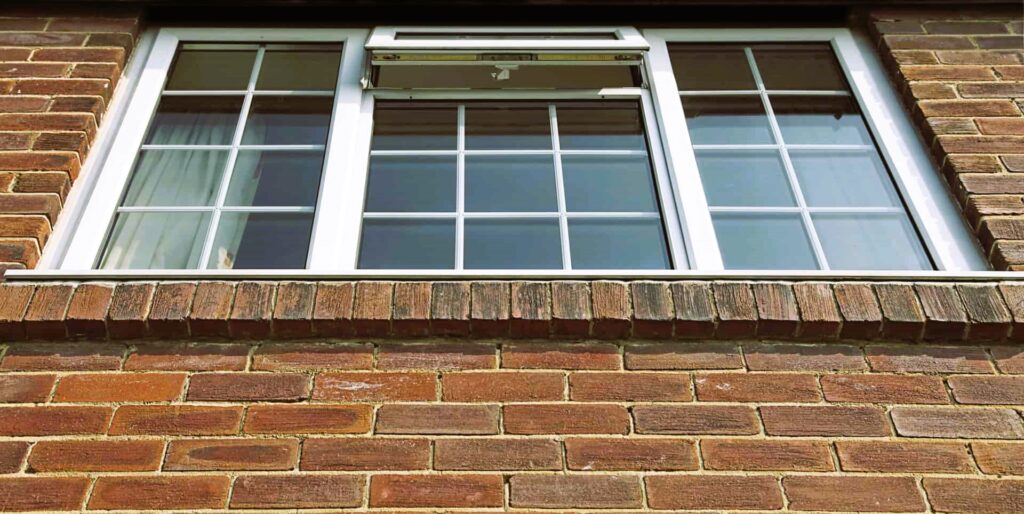Energy efficiency is a top priority for homeowners looking to reduce energy consumption and lower utility bills. When it comes to improving energy efficiency in homes, windows play a significant role. Upgrading existing windows through retrofitting is a cost-effective solution that can greatly enhance energy efficiency without the need for full window replacements. In this article, we will explore the benefits and techniques of window retrofitting for improved energy efficiency.
- Understanding Window Retrofitting
Window retrofitting refers to the process of upgrading existing windows to improve their energy efficiency without completely replacing them. This approach involves adding or modifying components to enhance insulation, reduce air leakage, and improve overall performance.
Retrofitting is a versatile solution that can be applied to various types of windows, including single-pane and double-pane windows. By addressing common energy efficiency issues, such as heat loss, drafts, and inadequate insulation, retrofitting helps homeowners achieve a more comfortable and energy-efficient living environment.

- Weatherstripping and Caulking
One of the most effective techniques in window retrofitting is weatherstripping and caulking. Weatherstripping involves sealing gaps and cracks around the window frame, sashes, and joints to prevent air leakage. Caulking is the process of applying a sealant to fill in gaps between stationary window components and the wall.
By properly sealing these areas, weatherstripping and caulking significantly reduce drafts and air infiltration, which can account for a significant amount of energy loss. This simple and affordable retrofitting technique improves the overall energy efficiency of existing windows and enhances the comfort of the home. Historical Window Restoration: Preserving the Charm of Canadian Heritage Homes.
- Window Film Application
Window films are thin, transparent coatings that can be applied to existing windows. These films provide a range of benefits, including improved insulation, reduced solar heat gain, enhanced UV protection, and increased privacy. Window films come in various types, such as low-emissivity (low-E) films, reflective films, and tinted films.
Low-E films, for example, work by reflecting heat back into the room during winter while reducing heat gain from the sun during summer. This helps to maintain a more consistent indoor temperature and reduce reliance on heating and cooling systems.
Window film application is a relatively simple retrofitting technique that can be done without replacing the entire window. It offers a cost-effective solution to enhance energy efficiency and improve the overall performance of existing windows.
- Window Attachments
Window attachments, such as cellular shades, window quilts, and insulated panels, can also be utilized to retrofit existing windows for improved energy efficiency. These attachments provide an additional layer of insulation, helping to reduce heat transfer through the windows.
Cellular shades, also known as honeycomb shades, consist of multiple layers of fabric that form insulating air pockets. These shades can be easily installed and provide effective insulation by trapping air and reducing heat loss or gain.
Window quilts are another option for retrofitting existing windows. These quilt-like coverings are installed on the interior side of the window and can be easily opened or closed. They provide insulation and help reduce drafts and heat loss during colder months.
Insulated panels are rigid or semi-rigid materials that can be attached to the interior or exterior of windows. These panels act as an extra barrier, improving insulation and reducing energy loss.
- Upgrading Window Hardware

In addition to sealing gaps and improving insulation, upgrading window hardware can contribute to enhanced energy efficiency. Upgrading to high-quality window locks, latches, and handles ensures a tighter seal when the window is closed, reducing air leakage and improving overall performance.
Additionally, adding window coverings such as blinds, curtains, or shades can provide further insulation benefits. These coverings can help block sunlight during the summer, reducing solar heat gain, and provide an extra layer of insulation during the winter.
Conclusion
Window retrofitting offers a cost-effective and practical solution for homeowners who want to improve the energy efficiency of their existing windows. By implementing techniques such as weatherstripping, caulking, window film application, window attachments, and upgrading window hardware, homeowners can significantly reduce energy loss, improve comfort, and lower utility bills.
Retrofitting allows homeowners to maximize the potential of their existing windows without the need for full replacements. It is an environmentally friendly approach that contributes to a more sustainable and energy-efficient home. Consult with a professional window retrofitting expert to assess your windows and determine the best retrofitting options for your specific needs. By investing in window retrofitting, you can enjoy the benefits of improved energy efficiency while maintaining the aesthetic appeal and functionality of your existing windows.
